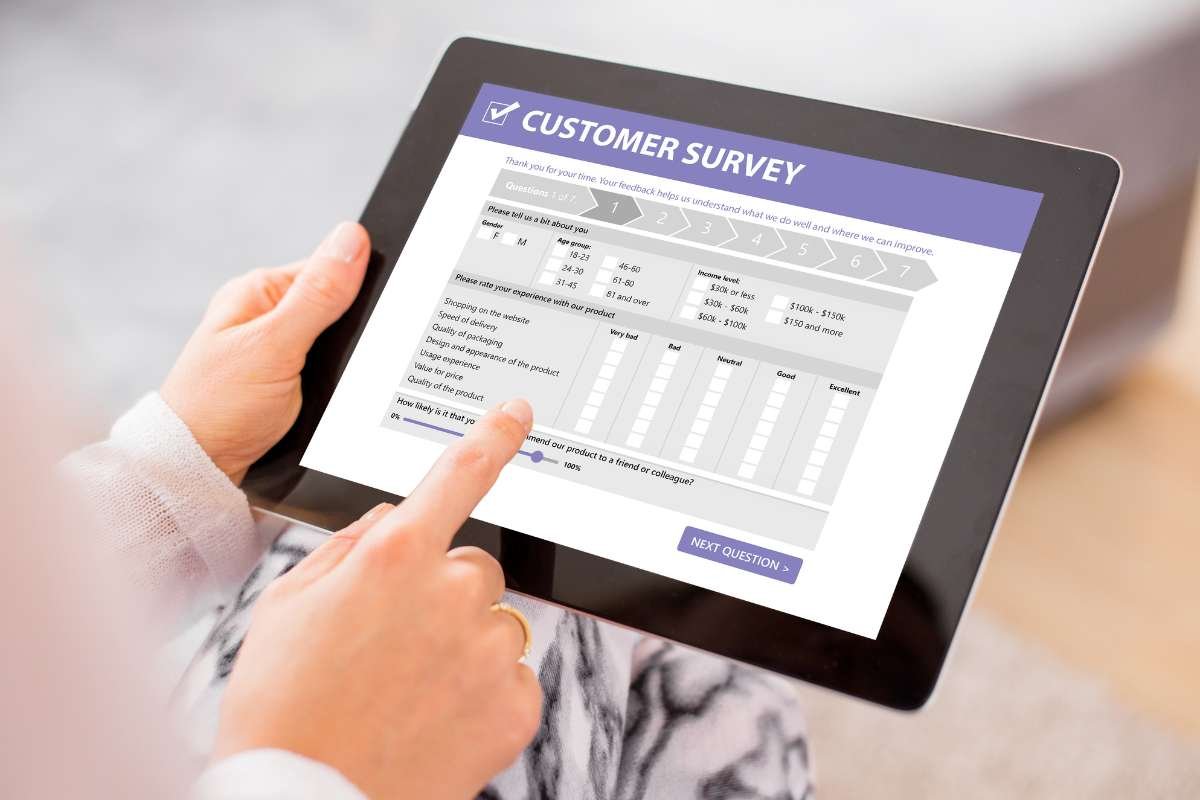Taking customer satisfaction measurements is a very important aspect of the growth of businesses, and those who want to succeed in the long run. Understanding how satisfied the customers are with the products, services, and overall experience, helps businesses to improve and refine their strategies. These practices also help to keep customers coming back and to enhance accuracy and effectiveness.
Here we have provided a comprehensive guide that will explain why measuring customer satisfaction matters, and what are the common ways to do it. It will also offer tips to make it more accurate and useful.
How Customer Satisfaction Measurement Matters?
Customer satisfaction measurement helps businesses gauge how well they are meeting customer expectations. It provides insights into areas that require improvement, fosters customer loyalty, and enhances brand reputation. Satisfied customers are more likely to return and recommend a business to others, making satisfaction measurement essential for sustained growth.
What are the Key Benefits of Measuring Customer Satisfaction?
- Improved Customer Retention: Understanding customer needs and addressing issues promptly helps in retaining existing customers.
- Enhanced Brand Reputation: Positive customer feedback strengthens brand credibility and attracts new customers.
- Better Product and Service Development: Insights from satisfaction metrics guide businesses in refining their offerings.
- Competitive Advantage: Businesses that actively measure and improve customer satisfaction stand out in competitive markets.
- Increased Revenue: Higher customer satisfaction often translates into higher sales and profits.
Methods of Customer Satisfaction Measurement
There are several effective ways to measure customer satisfaction, each offering unique insights into customer experiences. Here are some of the most widely used methods:
1. Customer Satisfaction Surveys

Surveys are one of the most common methods for gathering customer feedback. They can be conducted through email, phone, online forms, or even in-person interactions. Surveys typically include questions related to product quality, customer service, and overall experience.
2. Net Promoter Score (NPS)
The Net Promoter Score (NPS) measures customer loyalty by asking one simple question: “How likely are you to recommend our product/service to a friend or colleague?” Responses are rated on a scale from 0 to 10, with customers categorized as promoters, passives, or detractors. A higher NPS indicates better customer satisfaction.
3. Customer Satisfaction Score (CSAT)
CSAT is a direct method of customer satisfaction measurement that asks customers to rate their satisfaction with a specific product or service on a scale (e.g., 1 to 5 or 1 to 10). This metric provides quick insights into how well a business is meeting customer expectations.
4. Customer Effort Score (CES)
CES assesses the ease of interaction with a business. It asks customers to rate how much effort they had to put in to get their issues resolved. A lower effort score indicates higher customer satisfaction and a better overall experience.
5. Online Reviews and Social Media Feedback
Customer reviews on platforms like Google, Yelp, and social media provide valuable insights into customer perceptions. Monitoring and analyzing these reviews help businesses address concerns and improve their services.
6. Customer Churn Rate
Tracking customer churn— the rate at which customers stop doing business with a company— is an indirect yet effective way to measure customer satisfaction. A high churn rate often signals dissatisfaction and a need for strategic changes.
Key Practices for Effective Customer Satisfaction Measurement
To ensure accuracy and reliability, businesses should follow best practices when conducting customer satisfaction measurement:
1. Define Clear Objectives

Before measuring customer satisfaction, define clear goals. Are you looking to improve customer service, refine products, or enhance overall customer experience? Understanding your objectives will help in selecting the right measurement methods.
2. Use a Mix of Measurement Techniques
Relying on a single metric may not provide a comprehensive view of customer satisfaction. Using a combination of methods, such as NPS, CSAT, and online reviews, offers a more holistic perspective.
3. Keep Surveys Short and Relevant
Long and complex surveys may deter customers from responding. Keeping surveys concise, with relevant questions, ensures higher response rates and more accurate data.
4. Analyze Data Regularly
Customer satisfaction measurement is not a one-time activity. Regularly analyzing feedback and identifying trends help businesses make informed decisions and implement necessary improvements.
5. Take Action on Feedback
Collecting data is only beneficial if businesses act on it. Address customer concerns, resolve issues, and implement changes based on feedback to enhance customer satisfaction.
6. Personalize Customer Interactions
Customers appreciate personalized experiences. Using customer data to tailor interactions and offers can significantly improve satisfaction levels.
7. Train Employees in Customer Service

Employees play a crucial role in customer satisfaction. Training staff on best customer service practices ensures positive interactions and enhances customer experience.
The Future of Customer Satisfaction Measurement
With advancements in technology, customer satisfaction measurement is becoming more sophisticated. Artificial intelligence (AI) and machine learning are playing a significant role in analyzing customer feedback, predicting trends, and offering actionable insights. Businesses are increasingly using chatbots, automated sentiment analysis, and real-time feedback tools to enhance customer satisfaction measurement.
Conclusion
Today, in this rapidly growing business industry, customer satisfaction measurement is a very crucial part of the growth and success of the business. Today businesses can gain valuable insights into customer experiences by using various methods such as surveys, NPS, CSAT, and online reviews. Implementing the best practices, acting on feedback, and leveraging technology can help businesses enhance customer satisfaction and build long-term relationships. Businesses need to prioritize customer satisfaction to gain a loyal customer base, build a strong brand reputation, and sustain profitability.







